Tokyo Minato-Ku
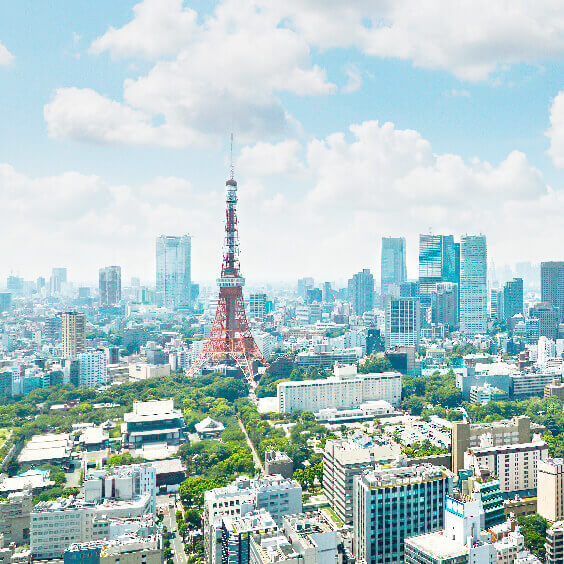
Located in the center of 23 wards of Tokyo, Minato-Ku is being a cutting-edge information center, and many embassies are located here. Moreover, it is full of various attractions such as cultural properties and sites with a sense of history, greenery and waterfront areas feeling features of every season.
- Akasaka
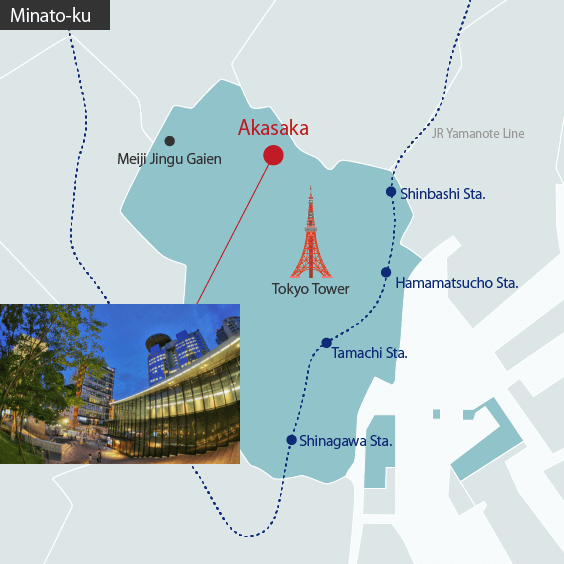
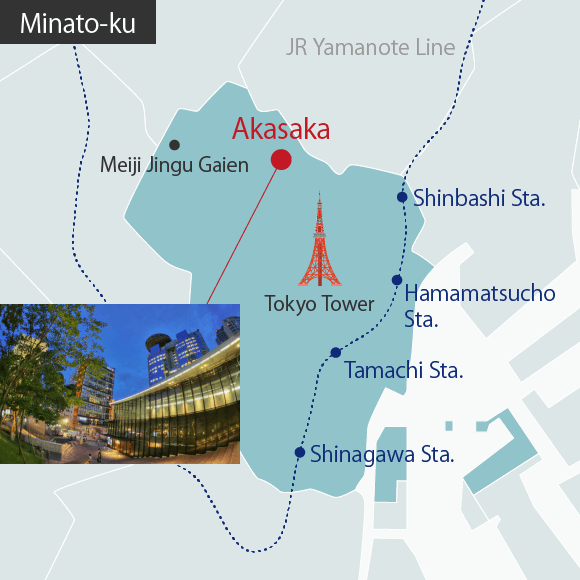
Akasaka area is a business and commercial area neighboring government offices. It is dotted with some of Tokyo's leading hotels such as Hotel Okura and Hotel New Otani, as well as commercial facilities such as Ark Hills and Akasaka Sakas. Misuji-dori Street and Hitotsugi-dori Street are lined with many restaurants and are also famous for having long-established traditional restaurants.
Close Detail
- Roppongi
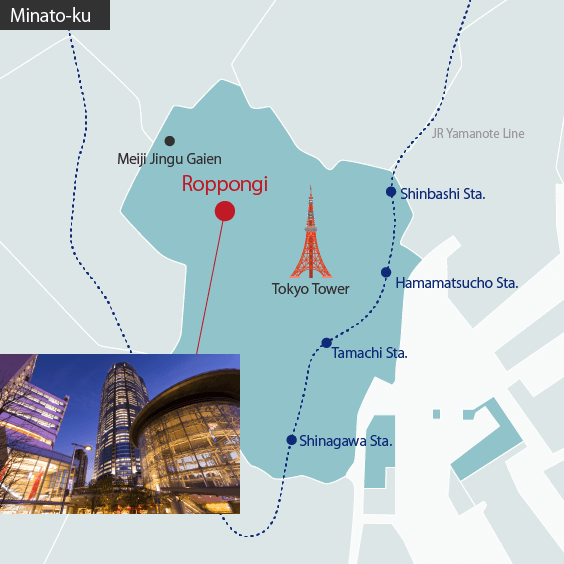
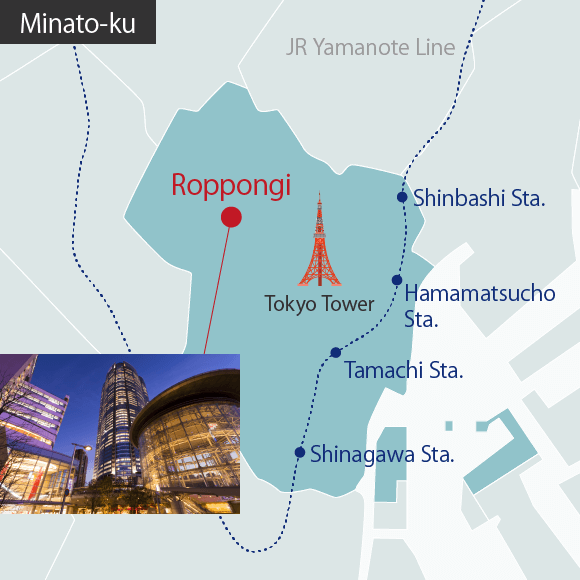
Roppongi area, which is famous as an entertainment district, was redeveloped in the early 2000s and new sights such as "Roppongi Hills" and "Tokyo Midtown" were born one after another. Nearby are The National Art Center Tokyo, Suntory Museum of Art, Mohri Garden, and Hinokicho Park, where you can enjoy your free time. In addition, Azabudai Hills has opened in recent years, and this area is rekindling.
Close Detail
- Azabu

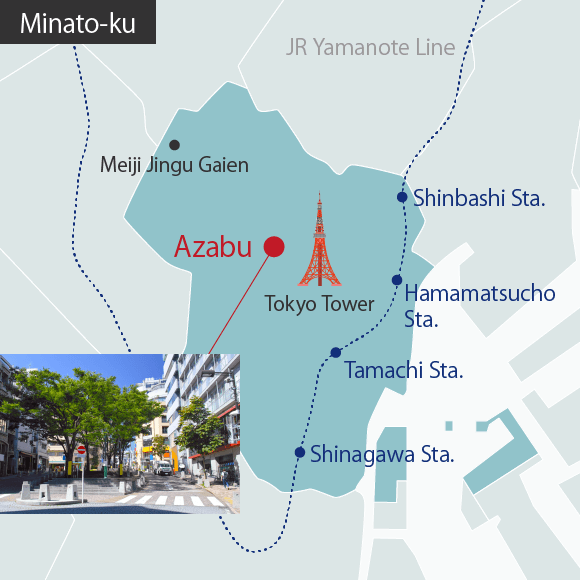
Azabu area, where many embassies gather, is known as one of the leading international cities in Japan.It is also neighboring Roppongi, but has a high-end residential area with a calm atmosphere. Azabu-Juban Shopping Street, which retains a downtown atmosphere in the city center, holds a summer festival in August and is crowded with many people every year.
Close Detail
- Shirokane
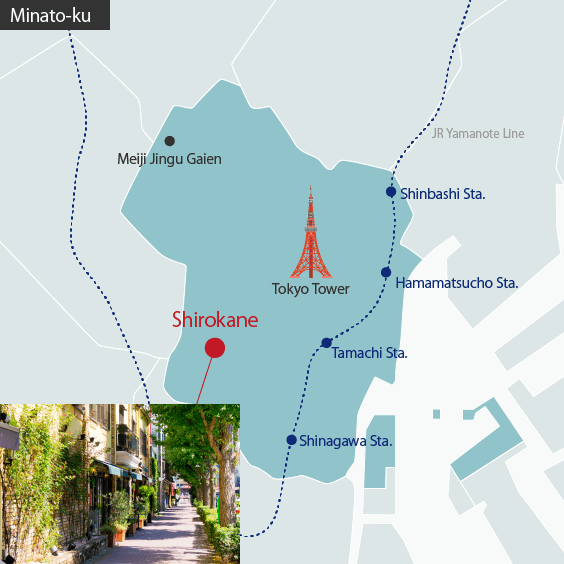
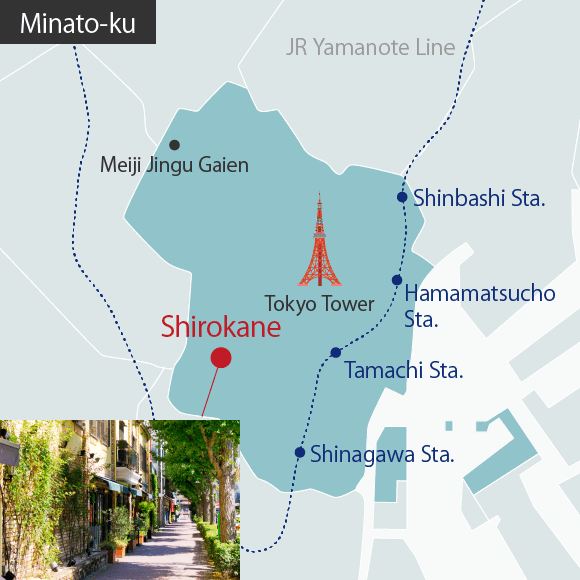
Platinum Street, a symbol of Shirokane, is a fashionable street lined with apparel shops, cafes and restaurants for about 1 km. Behind Platinum Street is a quiet luxury residential area. It is also adjacent to the Meguro Nature Education Park, so it is a living environment blessed with greenery.
Close Detail
- Toranomon

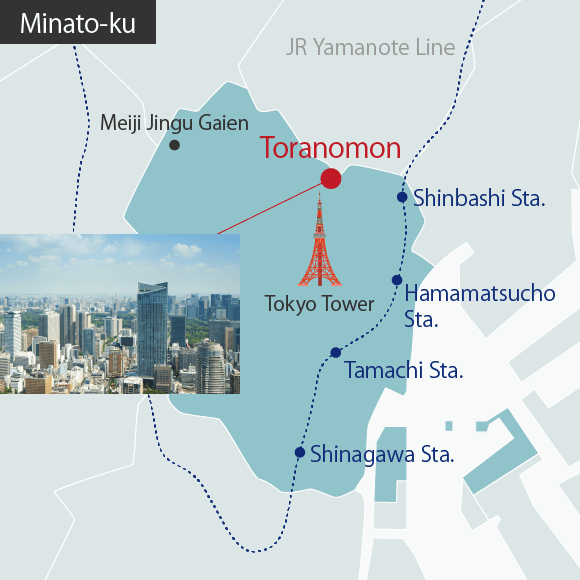
Toranomon area is in the spotlight as a "global business center" with large-scale office buildings and high-rise residentials built around Toranomon Hills. In addition to Toranomon Station on the Ginza Line, Toranomon Hills Station on the Hibiya Line and BRT are also available for convenient transportation.
Close Detail
- Aoyama・Omotesando

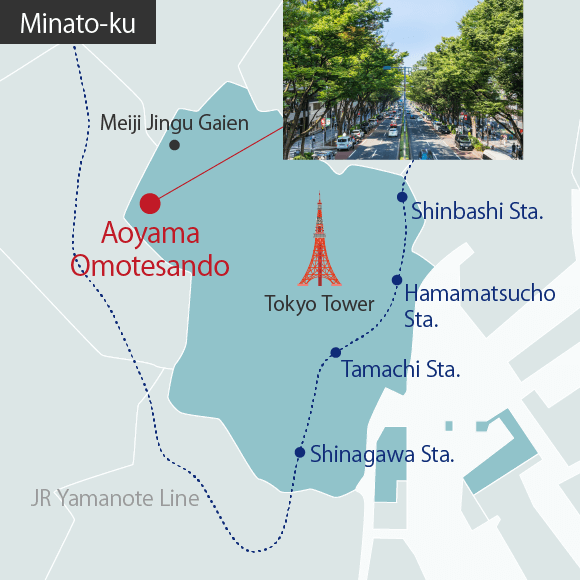
Omotesando is one of the upper-class areas of boutique shopping and sophisticated dining in Tokyo, with its graceful zelkova trees from Jingumae to Aoyama-dori Street. Away from the din and bustle of the city, you can find an upscale residential street surrounded by dignified tranquility when you enter from the main street. There are many places surrounded by greenery, such as Yoyogi Park and Nezu Museum.
Close Detail
- Shibaura・Konan
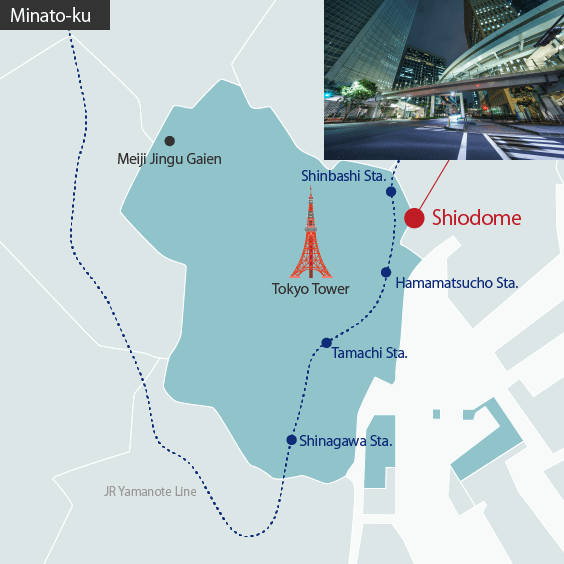
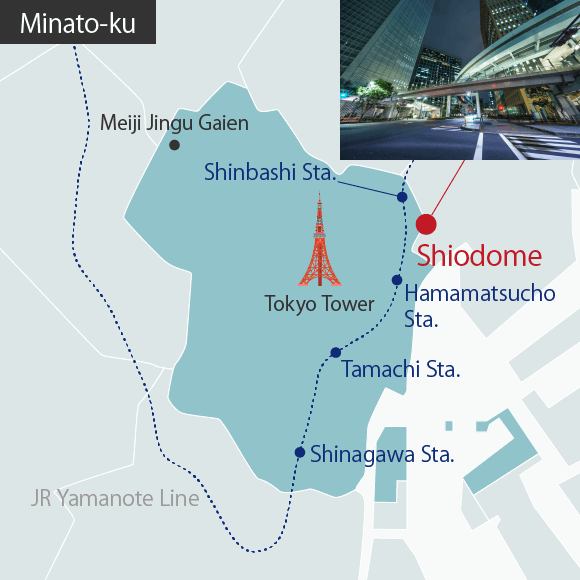
Shibaura area has been developed around Takanawa Gateway Station on the Yamanote Line, and many high-rise residentials have been built, including Shibaura Island. Konan area refers to the waterfront area of Minato -ku, which extends around the east exit of Shinagawa Station. Many office buildings have been constructed and the area continues to develop as a business center. It has good access to Haneda Airport and easy to use Shinkansen.
Close Detail


